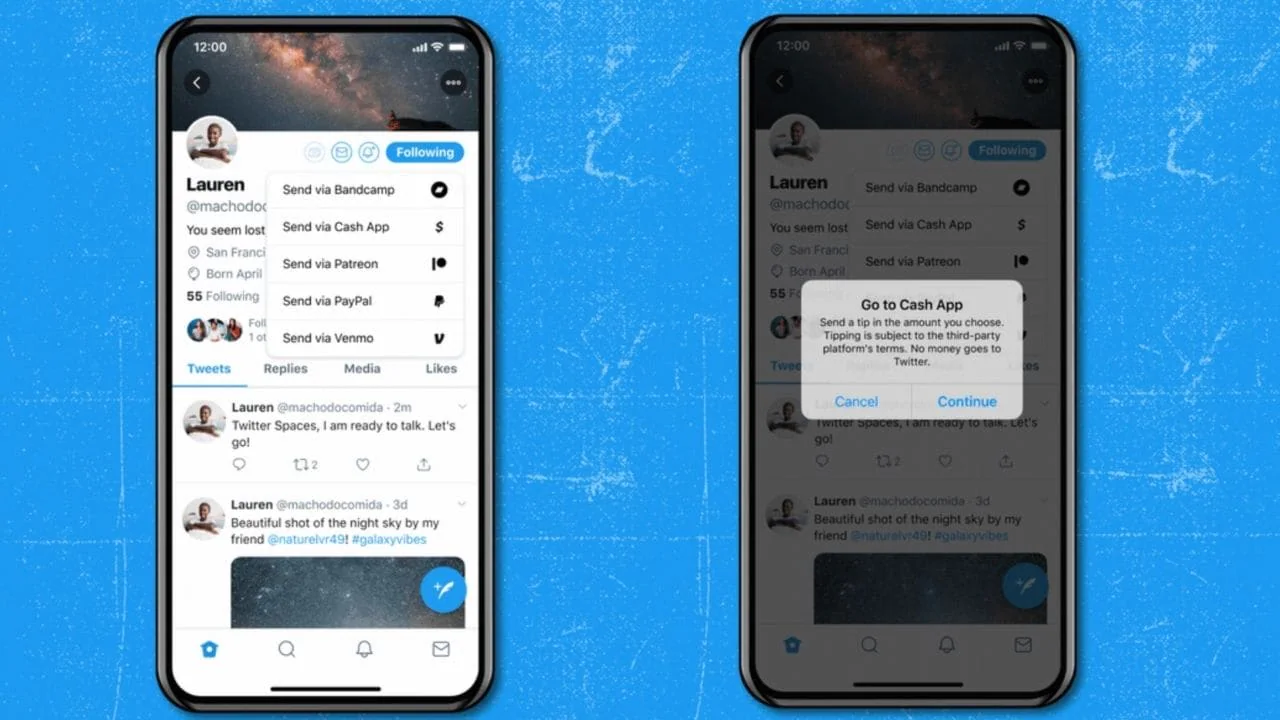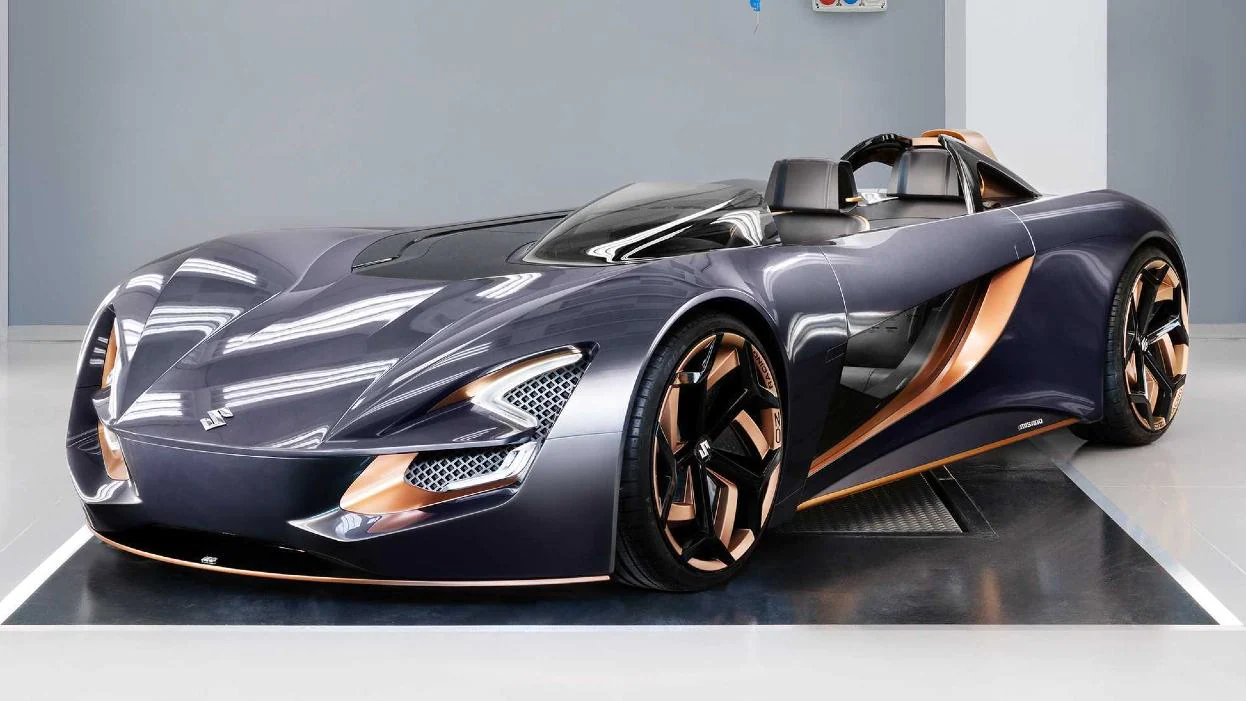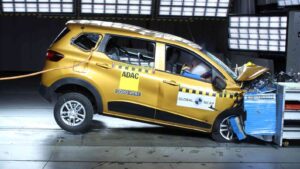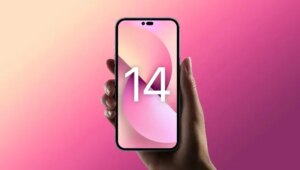Karan PradhanApr 19, 2021 12:43:40 IST
I didn’t care very much for Tony Hawk’s Pro Skater (THPS) or its follow-up Tony Hawk’s Pro Skater 2 back when I first played them around two decades ago. Something just felt off.
There. Now that we’ve got that out of the way, we’re almost ready to acid drop right into the half-pipe of my thoughts on Tony Hawk’s Pro Skater 1 + 2 on the PlayStation 5. And the most succinct way to sum up this package would be that for better or worse, it remains a solid, no-frills, arcadey skateboarding game. Before we break this possibly backhanded (you’ll have to stick around to find out for sure) compliment down, it behoves me to elaborate on my opening line.
It was back in 2000 when I was just coming to terms with the original PlayStation’s DualShock controller that I first ran into THPS and its follow-up THPS 2. With the likes of Anthrax, Sublime, Rage Against The Machine and Goldfinger already on my playlist — which for me, at the time, existed on audio cassette — the soundtrack didn’t really blow me away the way it did so many others.
I primarily enjoyed the idea of a skateboarding simulator in which you could actually do tricks, considering my own real-world experience with that sort of stuff had been beyond woeful. Playing as a variety of skaters with their own skill sets seemed like quite the adventure to me. So too did swapping around skateboard decks.
But when it came to the actual skating action, I found myself cruelly hobbled by my inability to wrap my mind around one fundamental move. Ironically, it was one I could actually execute in real life, but failed miserably at pulling off virtually: The manual.

That’s what a manual looks like. Screen grab from Tony Hawk’s Pro Skater 1 + 2
On the controller, this entails quickly pushing the down and up digital direction buttons and then switching to the analogue stick to control your balance. Unfortunately, and particularly for the DualShock noob that I was, this was easier said than done.
As a result, my learning curve was rather steep and painful: In my experience, there’s very little in gaming that comes close to being as frustrating as missing a collectible by millimetres and having the timer run out on you after you’ve set yourself up to go for a second attempt.
But eventually I overcame my inability to manual. And with that, gained the ability to string together more elaborate and expansive combos, collect more points, unlock more hidden videos and advance to more complex levels. And after I’d ollied, kickflipped, pop-shove-it’d, grinded (I have no idea why the past tense of ‘grind’ isn’t ‘ground’) and yes, even manualed every inch of THPS’ fantastic Streets level and somewhat underwhelming Roswell level, I was done. That was it.
Beyond trying to get every secret tape, every textbook or road sign, and locate every hidden area, there was nothing left to do. THPS 2 was pretty much the same story. Even the multiplayer options felt a bit limited after a while, and were contingent on having a friend or two over. Both games had superb fundamentals and physics, challenging levels and enough variety in terms of the styles and skills of the skaters on offer. But that was it: A solid, no-frills, arcadey skateboarding game. Something felt conspicuous by its absence.
Last September, Activision released Tony Hawk’s Pro Skater 1 + 2 on PC, PlayStation 4 and Xbox One, but for one reason or another, it slipped under my radar. On 26 March this year, the PlayStation 5 and Xbox Series X/S versions of the game dropped and this time, I decided to hop on for the ride.
As would (perhaps that had better read ‘should’) be obvious to anyone who picks up the game, it’s undergone quite the makeover and looks absolutely stunning. Levels like Venice Beach (THPS 2), NY City (THPS 2) and Downtown (THPS 1) are a visual wonder to behold in their latest form and the likes of Bullring (THPS 2) and Hangar (THPS 2) remain the perfect venues in which to absolutely spam points.
I’m not going to spend any time comparing the 2021 and 1999/2000 versions, because that would be far too obvious. Instead, it would be more instructive to look at how THPS 1 + 2 stands up to scrutiny as a 2021 game on the latest generation of consoles.
As the first skateboarding game to arrive on the PS5, it’s a fine ambassador for the pastime/hobby/extreme sport/way of life (delete as you see fit). For starters, there’s a whole host of skateboarders — ranging from Thrasher magazine’s ‘Skater of the Century’ Steve Caballero to 19-year-old soon-to-be-Olympian Aori Nishimura — available for selection, complimented by a wide array of deck and clothing customisations.
That much-fêted soundtrack makes its return with a few new friends, so you can expect to see Machine Gun Kelly’s Blood Valentine sitting somewhat awkwardly next to the aforementioned Anthrax’ collaboration with Public Enemy on the latter’s Bring the Noise. But if you’re contemporising the skaters, what’s the harm in contemporising the tunes? None, I guess, but it doesn’t strike me as a particularly thematically coherent soundtrack.
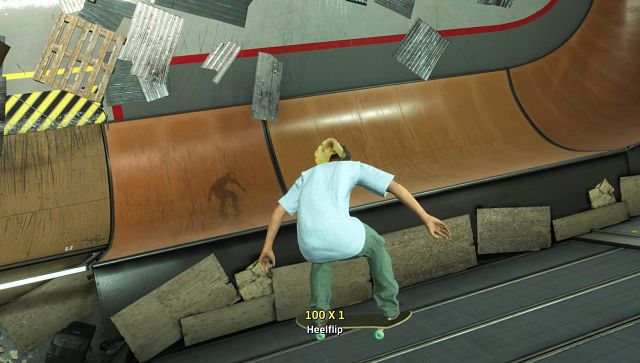
Screen grab from Tony Hawk’s Pro Skater 1 + 2
I guess I’m still bitter about the fact that the ultimate skate anthem (in my humble opinion anyway) that is A’s Nothing doesn’t make its THPS debut. Oh well.
As for the skating (and unarguable the most important aspect of them all) itself, it’s pleasing to see that the core skating mechanics are in place and hold their own even in 2021, while the modifiers (you know, to add a bit more pizzazz to your moves) are intuitive and easy to use. A rich mix of street, bowl and vert skating means there’s something for everyone, and the inclusion of mods — think cheat codes that grant you perfect balance, maximum speed, maximum air time etc — makes it accessible to players of varying proficiency.
When you’re done with playing single-player, you can either play online or take on a friend in some old-school couch multiplayer split-screen action. With a host of modes at your disposal ranging from the Trick Attack (put together the most elaborate and points-heavy trick) and Score Attack (same as before, but this takes into account your total score) to Graffiti (tag territory by doing a trick there and accumulate more than your opponent) and my personal favourite, H-O-R-S-E (you get a letter every time you record the lowest score; the first to HORSE loses), there’s a fair bit to keep you occupied long after you’re bored with skating solo.
As this is a PS5 game, I was hoping to see some real enhancements in terms of one of the console’s biggest selling points: The DualSense controller and its haptics. Unfortunately, while grinding (on the trucks of your board) does feel nice and satisfyingly rattle-y, most other feedback feels very similar. I should mention at this point that while I was not expecting the breadth and width of Astro’s Playroom’s haptic adventures, I did hope for the game to utilise the controller a little better than it does.
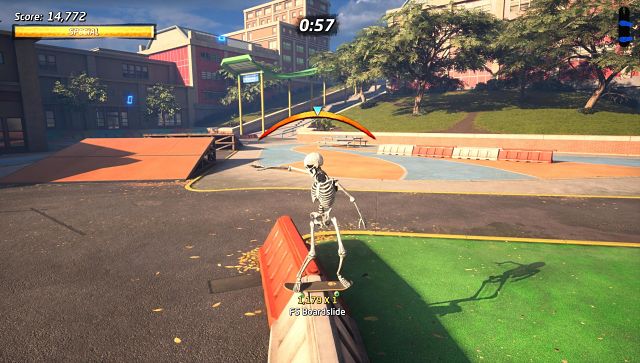
Screen grab from Tony Hawk’s Pro Skater 1 + 2
It looks good, plays well, so what exactly is my problem?
After playing the first two THPS titles, I gave the next two editions a miss and only returned to the franchise when Tony Hawk’s Underground (THUG) released in 2003. An entertaining (but extremely corny) story mode, some passable voice-acting, KISS’ Gene Simmons as a hidden character and an expanded soundtrack were very welcome additions.
In particular, the tale of what an absolute turd your ‘best friend’ Eric Sparrow turns out to be, haunts me to this very day. Fun fact: Eric returns to irritate you in THUG 2, by which point his schtick has worn really thin. But, I digress.
The real lure of THUG was the ability to roam around on foot (or on your board; it was your choice) and find little tricks to pull off, side missions to do or people to meet. To me, that represented the ethos of skateboarding. It’s not all about the competition. It’s not all about constantly pulling off the raddest combos, getting the sickest scores and going all Pokémon in your quest for collectibles.
It’s about exploration — whether that’s your own neighbourhood or a city on the other side of the globe you’re exploring — and discovery at your own pace and in your own style. And then there’s the beauty of finding an untarnished handrail to grind down, rather than it being set up for you as part of a pre-existing combo you have to pull off to unlock xyz.
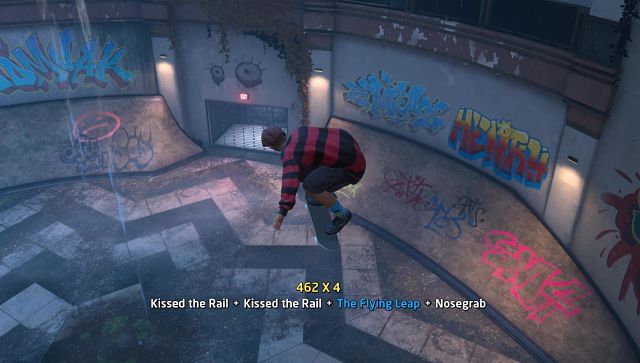
Screen grab from Tony Hawk’s Pro Skater 1 + 2
Another thing: Enough of this stingy two-minute limit on levels. Yes, I know there’s a free skate mode, but what’s the point if none of your achievements there count in the grand scheme of things? Besides, even developer Vicarious Visions realised that timed runs in skateboard games were a thing of the past and did away with them in THPS 4. I do understand that in the spirit of faithfully recreating the original game, the time limit had to be in place, but that doesn’t mean I can’t grumble about it.
In 2021, where every second game is an ‘open-world’ adventure and the whole experience of gaming has steadily been turning away from the arcades and into the warm embrace of immersion, THPS 1 + 2 feels like a bit of an incomplete experience. This is unsurprising because even the original game felt like it was missing something in terms of replicating the experience of skateboarding.
I accept that it is a remaster and affords hundreds of thousands the chance to revel in nostalgia and hundreds of thousand others a chance to check out what all the fuss was about. I also admit that the game mostly succeeds at doing so. However, in the present day and age, I don’t think the remaster of a solid, no-frills, arcadey skateboarding game is enough; especially as a full-price offering. Once you’ve gotten over the visuals, the slightly more nuanced controls and the richer variety of customisation on offer, it’s the same two games from 1999 and 2000 — just sporting one hell of a paint job.
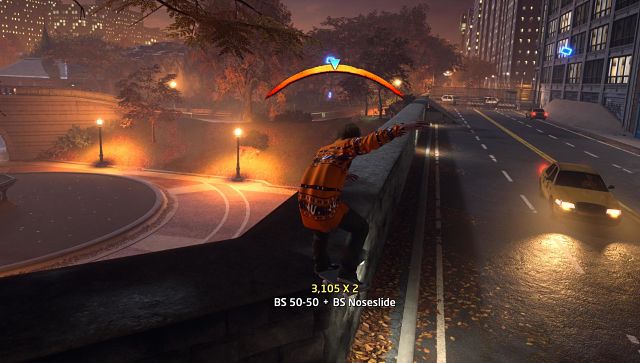
Screen grab from Tony Hawk’s Pro Skater 1 + 2
Sure, there’s nothing wrong with THPS 1 + 2 per se, but does the ninth generation of video game consoles (and in a year when skateboarding is all set to make its Olympics debut) not deserve a more complete skateboarding experience than the remake of a 20-plus year-old title? It’s unarguably a phenomenal series of games that turned skateboarders and their tricks into household names, but I’m not convinced that this is the best representation of the series.
Questions also need to be asked about how we perceive of remasters and remakes: Do we want them exactly as they were, but with a fresh coat of paint? Or do we want improved versions that reflect present technology and gaming trends?
Game reviewed on PlayStation 5. Review code provided by the publisher.


